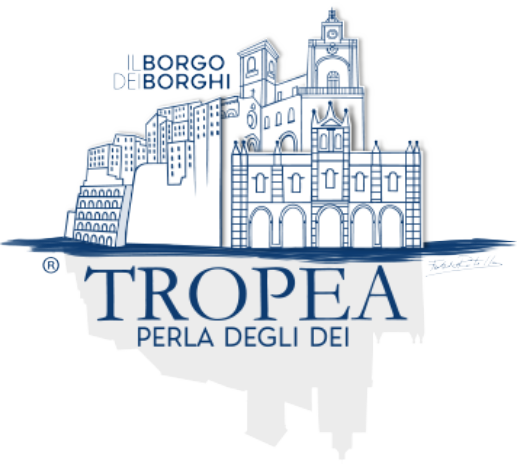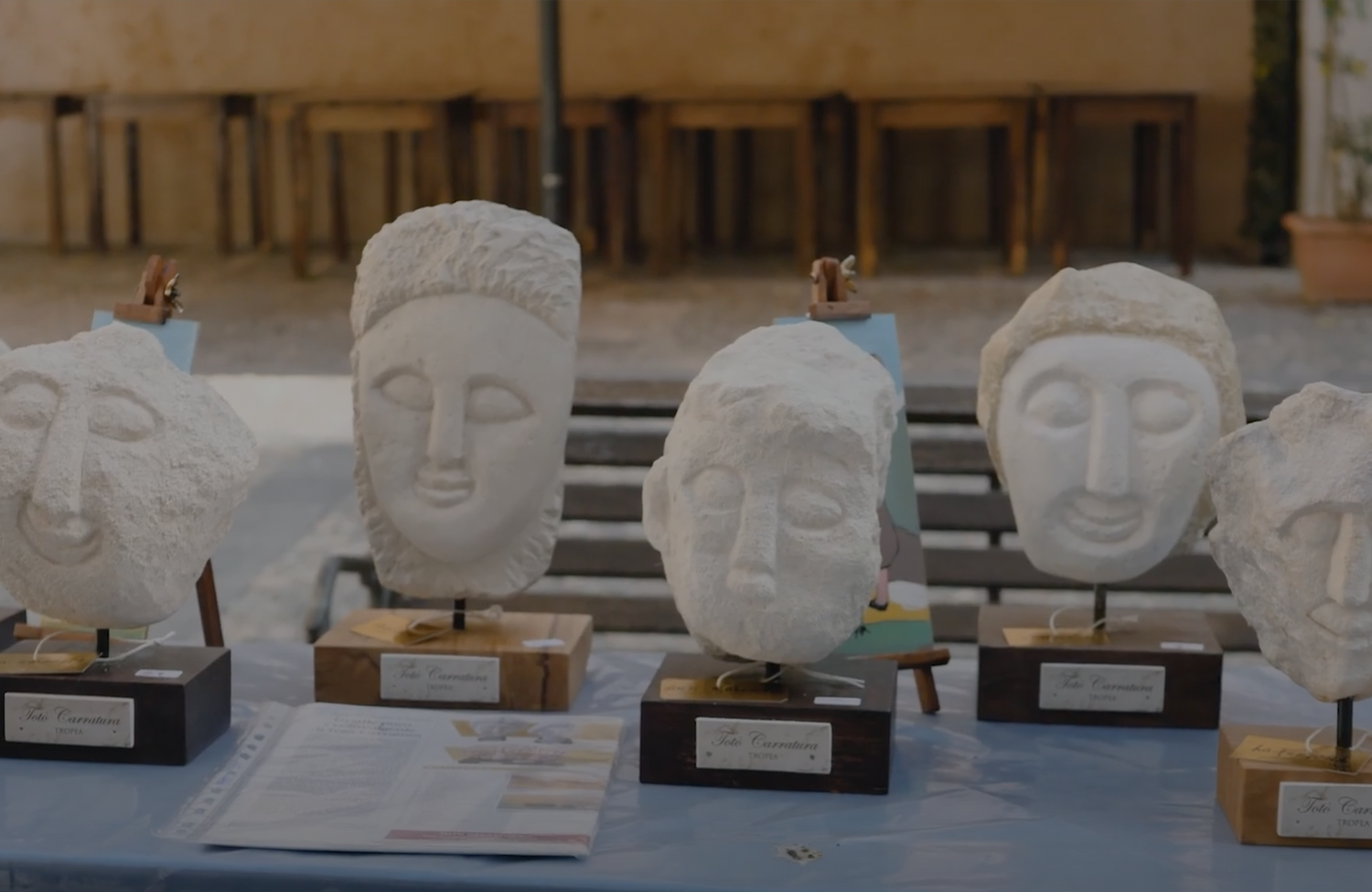Tropea city of artists: from being the favorite destination of the Grand Tour designers to a cultural milestone for European painters of the twentieth century.
A historic center that inspires ancient and modern creativity and that welcomes exhibitions of well-known authors on the national scene
Since the time of the Grand Tour of European travelers, the historic center of Tropea has represented a treasure of ancient and noble beauty for painters and poets, such as giving rise to creative inspirations through the portals of the palaces overlooking the sea or set among the aromatic streets and the large sunny spaces where churches and convents soar in a sacred harmonious rhythm on medieval structures, solemn vestiges of religious fervor enriched by the Renaissance and Baroque artistic vivacity. The ecstatic emotions aroused by the panoramic balconies that project the visitor’s soul towards the bewitching horizon of the Tyrrhenian Sea and towards the laughing hills that surround the city, alter on the parched cliff, elevated as a trophy of charm and legend between the waves and the sky, for centuries they have represented regenerative elements for local artists and from people all over the world who decide to stop in Tropea. In the last century, personalities of the caliber of Maurits Cornelis Escher, Eduard Bäumer, Eugeniusz Eibisch worked in Tropea, giving light and dimension to their artistic genius, and emerging and established painters came from Vienna to start a cultural twinning with the Tyrrhenian city where master Albino Lorenzo excelled.
Today, walking through the streets of the ancient village it is possible to meet some watercolor painters focused on painting architectural glimpses or the landscape, often found in a corner of a street or lying on the steps of an ancient portal. Some residents offer their terraces and balconies to the creativity of young Italian and foreign artists to portray new and old point, while others want to be inspired by direct contact with the beach at the foot of the cliff. The last and humble custodians of local crafts, such as sculptors and stonecutters, are present in the large areas of the historic center in the act of shaping apotropaic masks and sacred figures from the tuff. In recent years, other artistic genres such as Street Art have made a stop and in the premises of Palazzo Santa Chiara there has been exhibitions of established artists such as Alex Pinna, Cesare Berlingeri, Pino Pingitore Alejandro Garcia and Vinicio Momoli.








